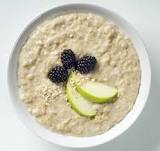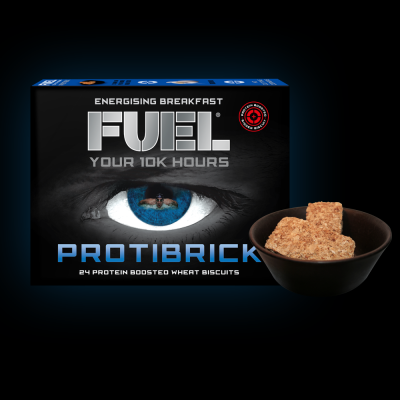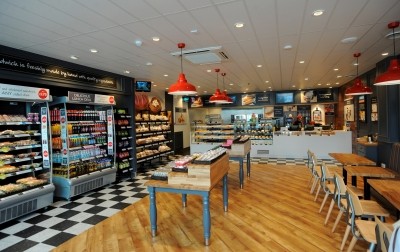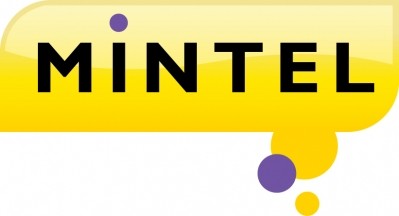Porridge goes trendy as top breakfast choice

There are signs too porridge is becoming trendy and attracting younger consumers. While porridge consumption peaks among the 45–54 age group – eaten by 56% of consumers – up to four-in-10 (39%) of those in the 16–24 range said they enjoyed their oats.
Nine-in-10 (92%) consumers have eaten breakfast cereals, including porridge, over the past six months, according to the research.
Heidi Lanschuetzer, food and drinks analyst at Mintel, said consumers were being tempted by new premium products – including new flavours and packaging options – and the food’s health benefits.
‘Health benefits’
“While porridge has found a way to tap into the out-of-home breakfast occasion, the segment has also benefited from oats’ inherent health benefits, notably the fact that they can lower cholesterol,” said Lanschuetzer.
The food also benefited from its association with satiety – an important factor for breakfast cereals.
The hot cereals segment has proved the star performer of the breakfast cereals market. Sales of hot cereals, mainly porridge, have nearly doubled to reach £241M since 2008.
The segment has also seen volume expansion. Sales have soared by 20%, from 65Mkg to 81Mkg over the same period.
‘Mineral fortification’
“Given porridge consumption stands at half of all Brits, the hot cereals segment still offers strong potential for future growth in areas such as vitamin or mineral fortification or flavour innovation,” said Lanschuetzer.
But sales growth of ready-to-eat cereals (RTE), such as cornflakes and muesli, have proved less tasty. The products account for 85% of breakfast cereals, with sales predicted to reach about £1.4bn this year – up only 1% compared with 2011.
Sales are estimated to fall by 4% to 361Mkg this year. About 88% of consumers said they had eaten a ready-to-eat cereal and 57% have had plain cereal, including cornflakes, during the past six months.
“RTE cereals have suffered from the rising competition posed by alternative breakfast products such as breakfast biscuits, cereal bars and pastries,” said Lanschuetzer. Such foods lend themselves better to on-the-go occasions and from the growing popularity of porridge, she added.
RTE cereal sales are expected to remain stable. “While the hot cereals market has benefited strongly from the recent cold winter, Mintel expects the hot cereals segment to maintain some of its recent momentum, growing by 13% to reach 92Mkg in 2018,” said the research firm.
Inflationary pressures and trading up were predicted to continue to drive value growth of 46% to reach £353M between 2013–18.















